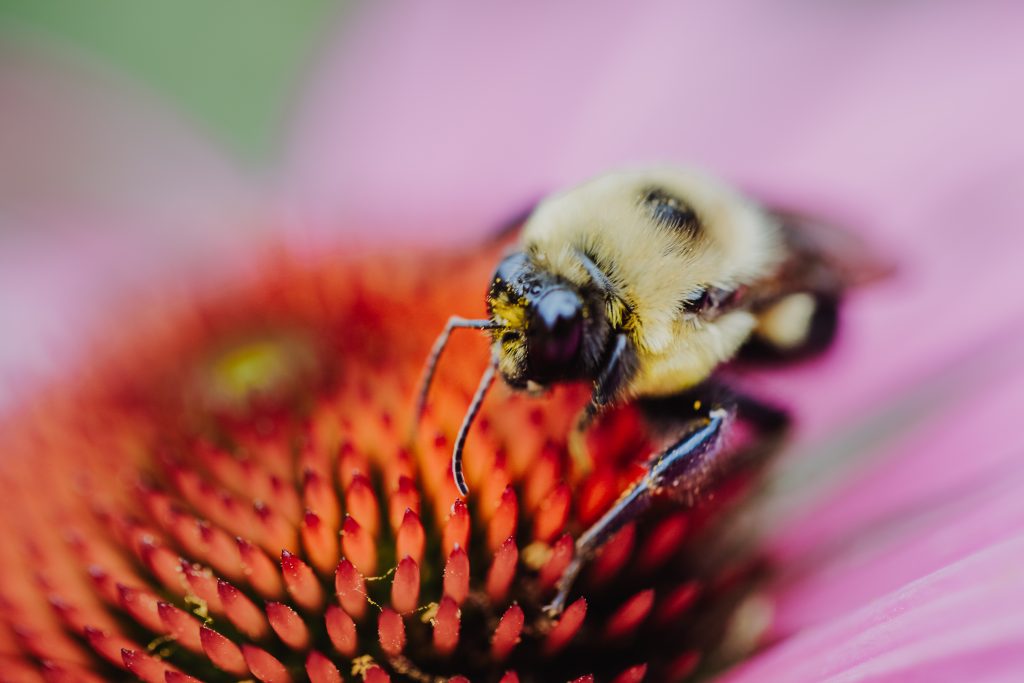Bees as Super Pollinators:
- Did you know that bees are responsible for pollinating approximately one-third of the world’s food crops?
- Some bees, like the sweat bee, can visit up to 1,000 flowers in a single day, spreading pollen as they go.
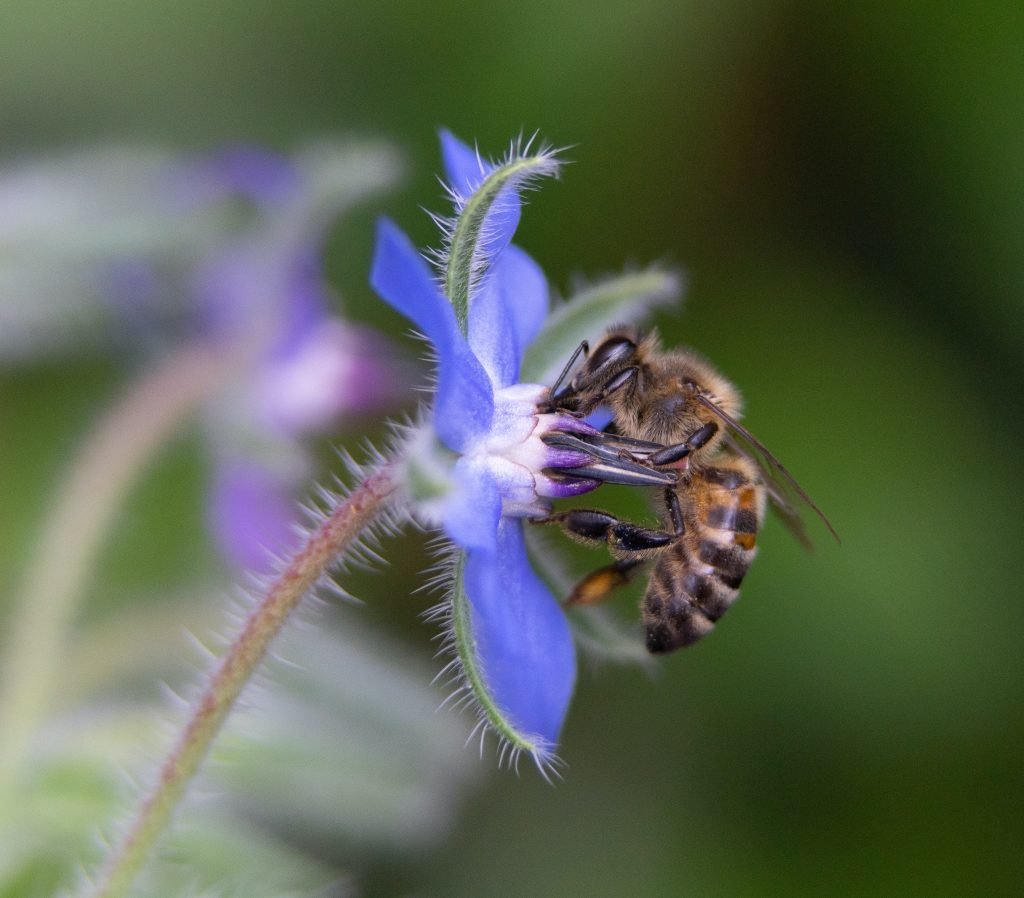
Diverse Bee Species:
- There are over 20,000 known species of bees worldwide, each with its own characteristics, behaviours, and preferred habitats.
- Bees come in various sizes, from the tiny sweat bees measuring just a few millimetres to the larger carpenter bees that can reach over 20 millimetres in length.
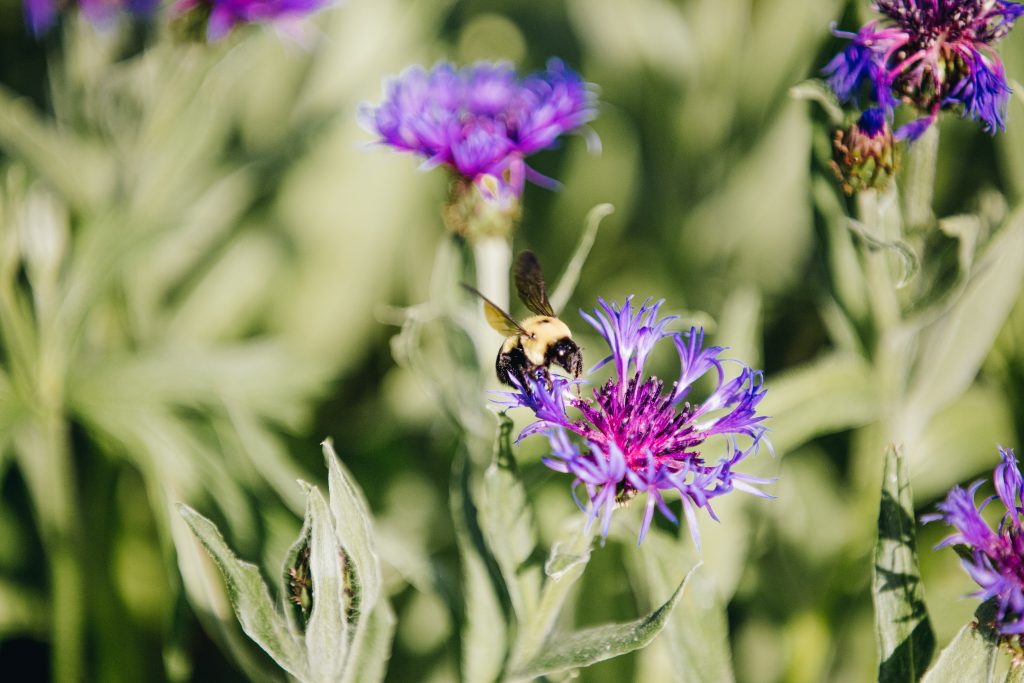
These captivating facts and trivia offer just a glimpse into the fascinating world of bees. They demonstrate the intricate behaviours, ecological importance, and astounding abilities of these incredible pollinators. Keep exploring and learning about the awe-inspiring world of bees and their essential role in sustaining our ecosystems and food supply.
Bumblebee Flight and Pollination:
- Bumblebees are unique in their ability to perform “buzz pollination.” They vibrate their flight muscles to release pollen from flowers that require this specific type of pollination, such as tomatoes and blueberries.

Bees and Honey Production:
- To produce just one pound (450 grams) of honey, bees need to visit approximately two million flowers and fly a distance equivalent to three times around the Earth.
- Honey can vary in colour and flavour based on the nectar source, ranging from light and floral to dark and robust.
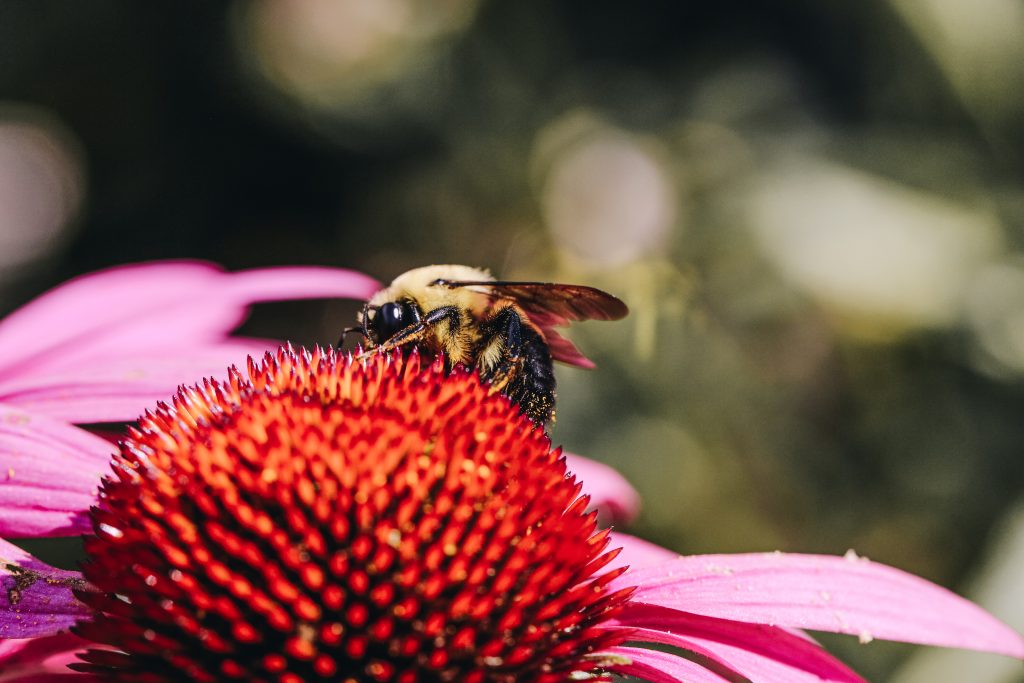
The Surprising Lifespan of Honeybees:
- The lifespan of a worker honeybee can range from a few weeks to several months, depending on the time of year and the tasks they perform.
- In contrast, queen bees can live for several years due to their role in reproduction.
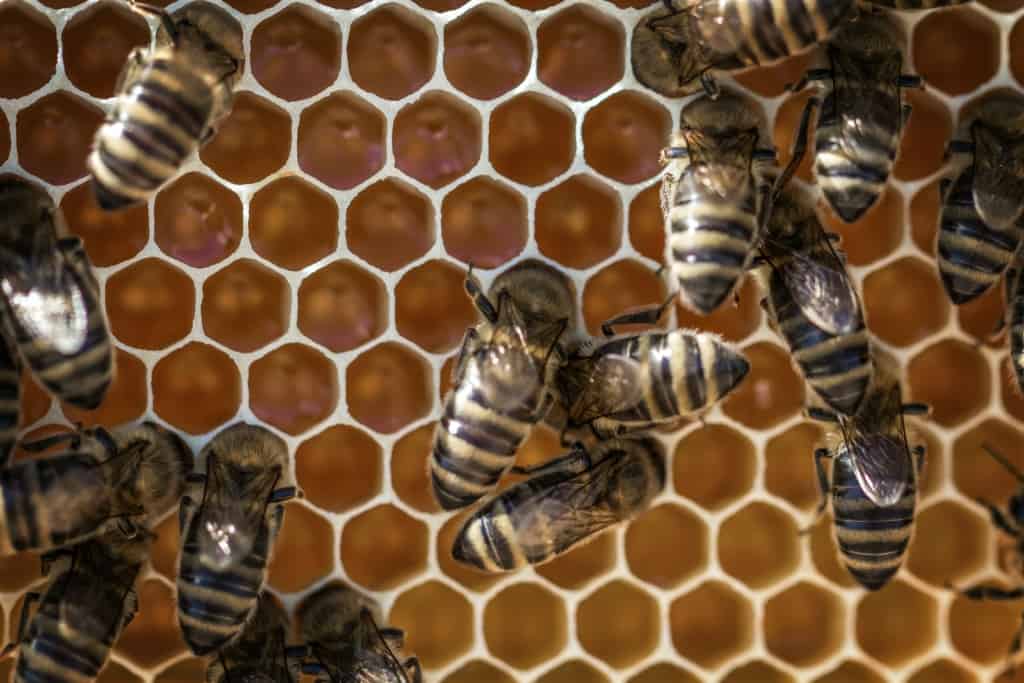
Hive Hierarchy and Queen Bee:
- Within a honeybee colony, there is a distinct hierarchy. The queen bee is the largest bee and is responsible for laying eggs. She can lay up to 2,000 eggs per day.
- The female worker bees perform various tasks in the hive, such as nursing the young, collecting nectar and pollen, and defending the hive.
- The primary role of drone bees in a hive is to mate with a queen bee, ensuring the propagation of the bee colony.

Honeybee Navigation Skills:
- Honeybees possess an astonishing ability to navigate using the sun as a reference point, even on cloudy days.
- To find their way back to the hive, honeybees also use landmarks, polarized light, and the Earth’s magnetic field.
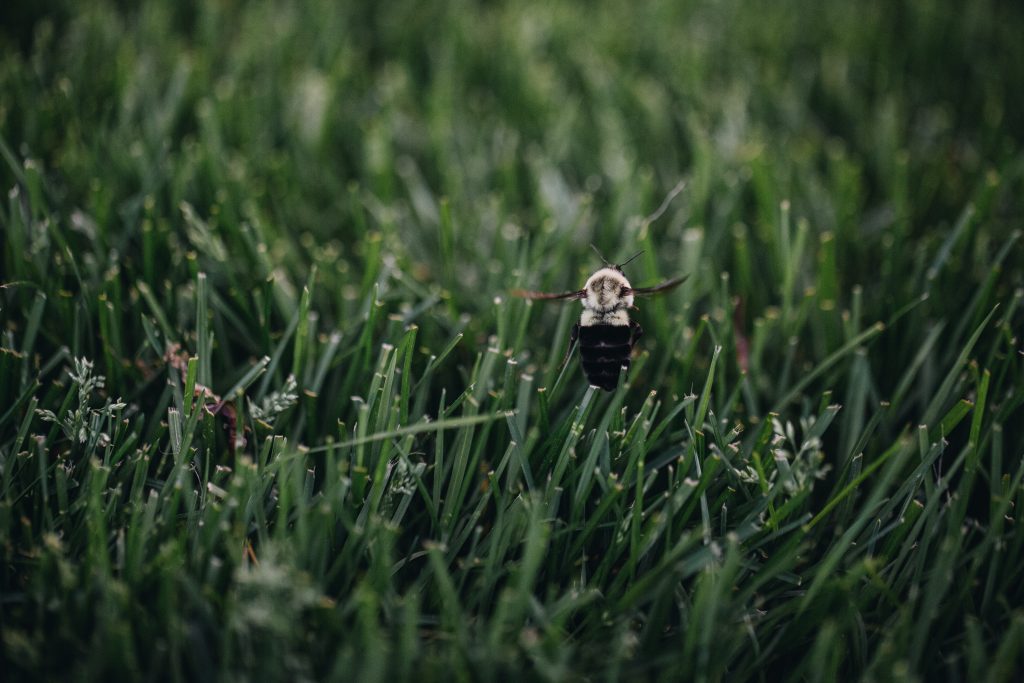
Honeybee Communication:
- Honeybees communicate through an intricate dance known as the “waggle dance.” This dance conveys the location of a food source to other bees in the colony.
- Bees also release pheromones to communicate with their hivemates, conveying information about the presence of danger or signalling the need for swarming.

